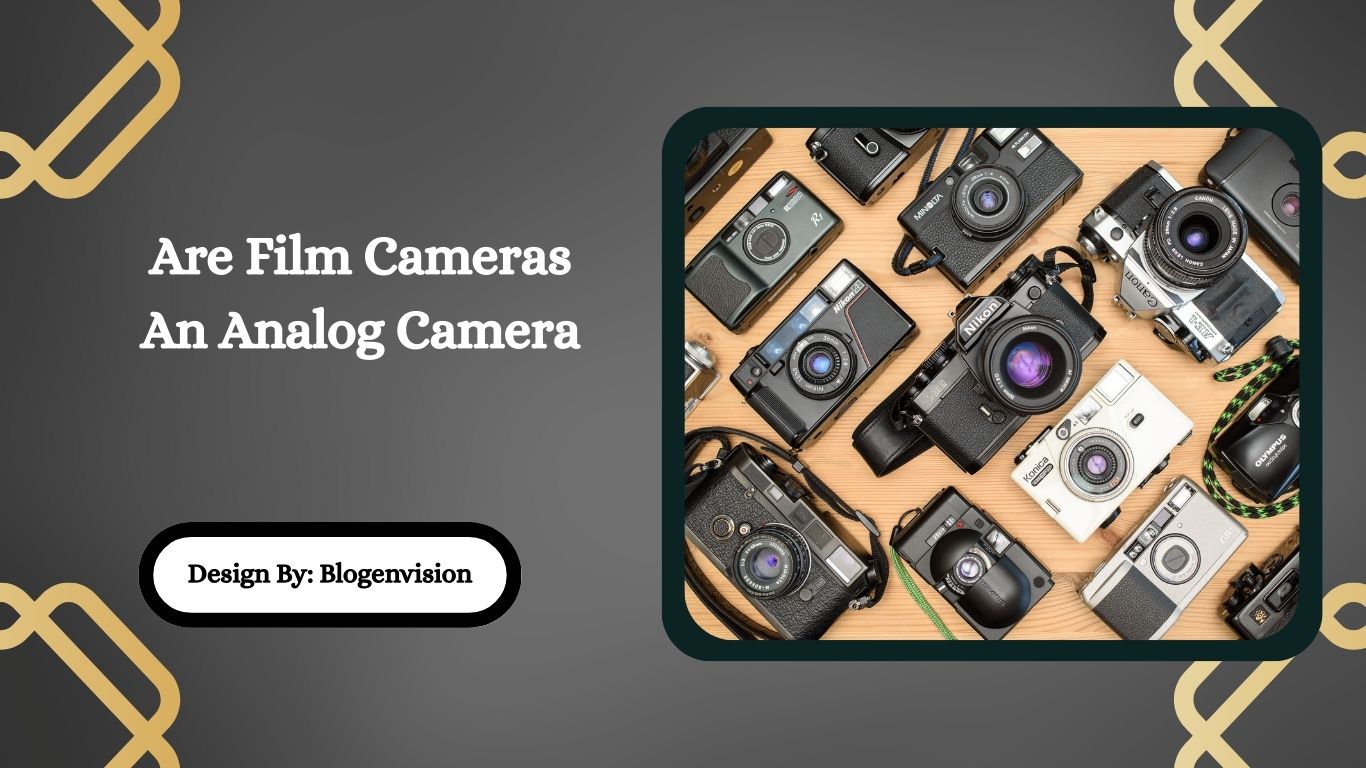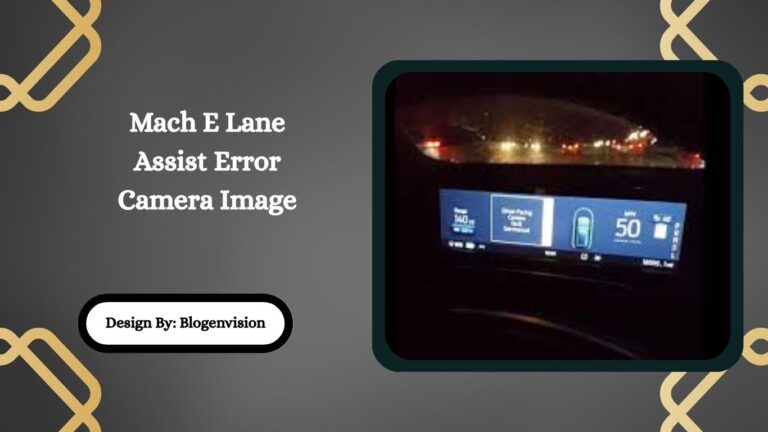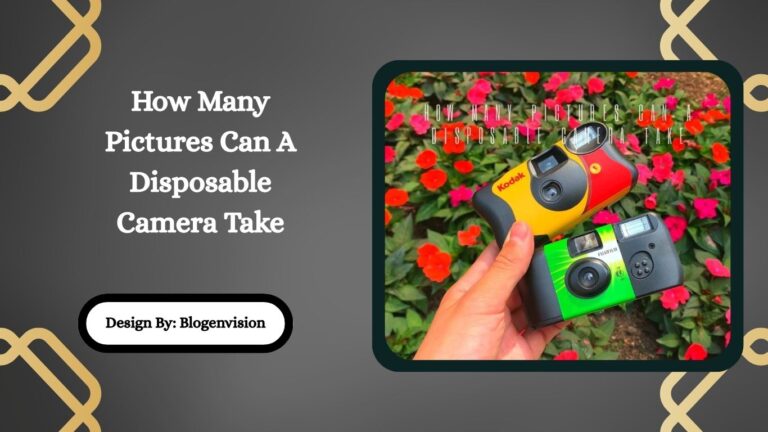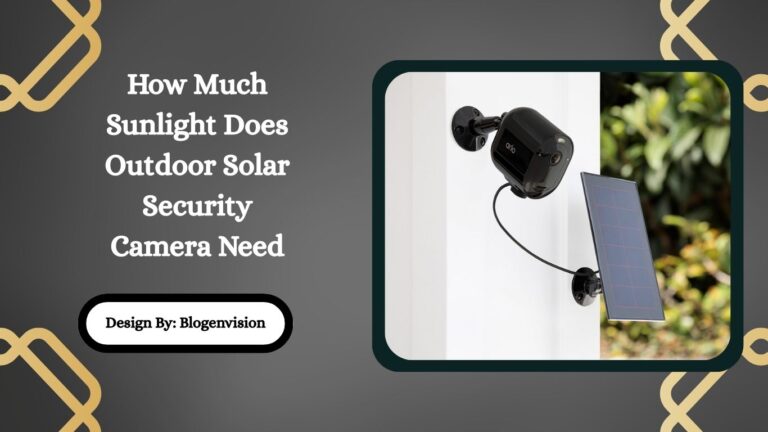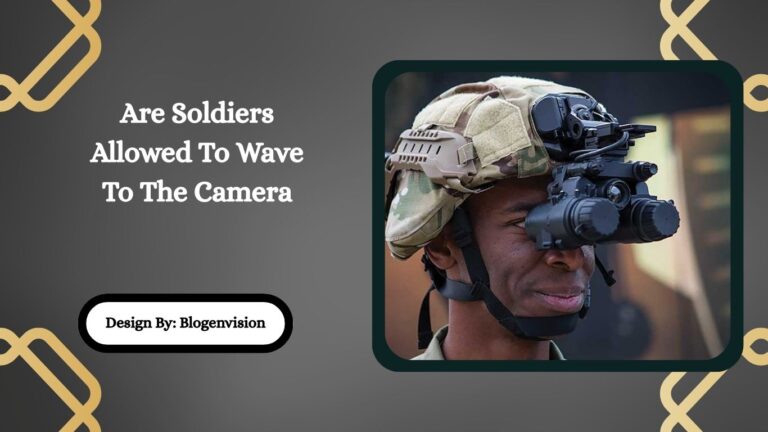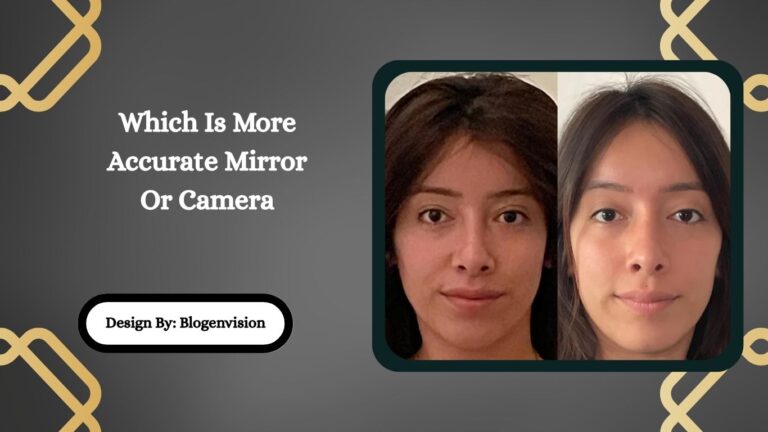Are Film Cameras An Analog Camera – Complete Guide!
Yes, film cameras are analog cameras. They capture images using film and chemical processes instead of digital sensors. Film photography records light directly onto film rolls, making it a true analog method.
Introduction: What Is a Film Camera?
A film camera is a type of camera that uses a roll of light-sensitive film to capture pictures. It does not use a digital sensor like today’s smartphones or digital cameras. When people talk about film cameras, they are actually talking about analog cameras.
Yes, film cameras are analog cameras because they use chemical and mechanical processes instead of digital systems to create photographs.
What Does “Analog” Mean in Photography?

In simple words, analog means something that is not digital. In photography, analog cameras work by capturing light directly onto film, without converting the image into digital data.
Key Traits of Analog Cameras:
- Use film rolls (not memory cards)
- Require chemical development
- No preview screen photos are a surprise!
- Manual settings (focus, exposure, etc.)
How Film Cameras Work: The Step-by-Step Process?
Here’s how a typical analog film camera captures an image:
- You load film into the camera.
- Light enters the lens when the shutter button is pressed.
- Light hits the film inside the camera.
- The film reacts to light and stores the image chemically.
- Once the film roll is full, you remove it and get it developed in a lab.
Parts of a Film Camera
To understand how film cameras work, it’s helpful to know their main parts:
- Lens – Focuses light onto the film
- Shutter – Controls how long light hits the film
- Aperture – Adjusts how much light enters
- Viewfinder – Helps you frame the shot
- Film Compartment – Where the film is stored
How Is Film Developed?
After shooting, the film must be developed in a darkroom or sent to a photo lab. Here’s the basic process:
- The film is removed in the dark.
- It goes through chemicals that make the image appear.
- Once dry, you get negatives or printed photos.
Types of Analog (Film) Cameras
There are different types of film cameras depending on the format and size of the film they use.
1. 35mm Film Cameras
- Most popular for beginners and hobbyists
- Easy to find and use
- Affordable film and development
2. Medium Format Cameras
- Larger negatives than 35mm
- Sharper and more detailed photos
- Used by professionals
3. Large Format Cameras
- Very high resolution
- Used for fine art and landscape photography
- Bulky and requires more skill
4. Instant Film Cameras
- Print photos instantly (like Polaroid or Fujifilm Instax)
- Fun for parties and travel
- Analog but instant results
Film vs. Digital: What’s the Real Difference?
| Feature | Film Camera (Analog) | Digital Camera |
| Image Storage | Film roll | Memory card |
| Preview Photos | No | Yes |
| Image Development | Lab processing | Instant display |
| Cost per Photo | Higher (film + dev) | Lower |
| Editing Options | Limited | Easy with software |
| Look and Feel | Natural, grainy, nostalgic | Sharp, clean, modern |
Why Photographers Still Love Film Cameras?
Film cameras may be old-fashioned, but they’re still loved by many for good reasons:
- Unique Look: Film gives a soft, warm, vintage look.
- Slows You Down: You take more time with each shot.
- Better Focus on Technique: You learn to use manual settings.
- Tangible Results: Holding real prints feels special.
Is Film Photography Still Popular?
Yes! In fact, film photography is making a big comeback, especially among:
- Young photographers who want to try something new
- Artists looking for a vintage aesthetic
- Travelers who enjoy collecting physical memories
- Hobbyists who love the challenge of manual photography
You can still buy film rolls and film cameras in camera stores or online. Brands like Kodak, Fujifilm, and Ilford continue to produce film.
Where to Get Film Cameras and Film Rolls?

You can find film cameras at:
- Local camera shops
- Online marketplaces (eBay, Amazon, Etsy)
- Thrift stores or garage sales
- Specialty vintage camera stores
Popular film types:
- Kodak Gold 200
- Fujifilm Superia
- Ilford HP5 (Black & White)
Tips for Beginners in Analog Photography
If you’re just starting out, here are simple tips:
- Start with a 35mm point-and-shoot or SLR
- Choose ISO 200 or 400 film for daylight
- Learn basic settings: aperture, shutter speed, focus
- Take notes to remember what worked
- Be patient wait for film development
FAQs:
1. What makes a camera analog instead of digital?
An analog camera captures images on film using light and chemicals, while a digital camera uses a sensor and stores images as data on memory cards.
2. Are all film cameras considered analog?
Yes, all film cameras are analog because they rely on physical film and chemical development rather than digital technology for capturing and storing images.
3. Why do photographers still use analog film cameras today?
Photographers love film cameras for their nostalgic look, hands-on shooting process, and the unique tones and textures that digital cameras often can’t replicate.
4. Can you still buy film for analog cameras?
Yes, many companies like Kodak and Fujifilm still produce 35mm and medium format film. You can find it in photo stores or online.
5. Is film photography more expensive than digital?
Generally, yes. Film photography involves ongoing costs like buying film and developing, while digital has higher initial costs but minimal expense per shot.
6. What are the main types of film cameras?
Film cameras come in several types: 35mm, medium format, large format, instant film, and disposable cameras each offering different image quality and experience.
7. Do analog cameras require batteries?
Some analog cameras use batteries for light meters or auto functions, but fully manual cameras can operate without batteries, relying solely on mechanical parts.
8. How long can film last before developing?
Film can last months if stored in a cool, dry place. However, it’s best to develop it within 6–12 months for the best image quality.
Conclusion:
Film cameras are indeed analog devices, and they continue to hold value in today’s digital age. Their timeless charm, unique photo qualities, and manual approach make them appealing to photographers seeking creativity and authenticity. From beginners to pros, many still enjoy using film cameras for art, fun, or nostalgia. With proper care and access to film, analog photography remains alive and well, blending tradition with personal expression in every frame.

